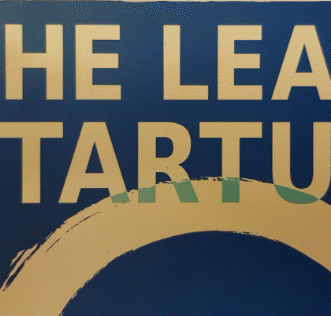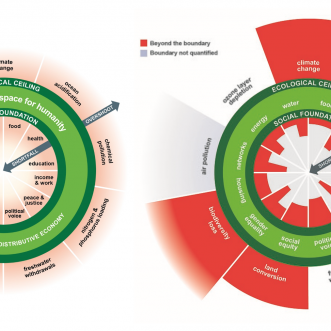
Beyond startup
I’m a big fan of ‘The Lean Startup’, which I’d sum up as follows:
“The job of a startup is not to make money. It’s to find out what the market really wants.”
In other words, starting a business is about testing, refining and re-testing until you find what delivers real value, and so makes you money.
The trouble is, this can take years. There’s no shame in that. It’s just that most of us do this in an undocumented and somewhat unconscious way, internalising our findings as we go.
This means that when the time comes to expand our capacity, to meet the demand we’ve identified and finally start making the money, we struggle to communicate this vital information – who we are for, what we promise them, and how we deliver on that – to the people we need to work with, and that can lead to stunted growth.
The first step to remedying that is consciousness, which is why The Lean Startup is such a help. But what about after startup?
Here’s my solution:
Purposely design your business as a system for making and keeping promises, and improving how you do that:

That way, everyone involved in your business can stay conscious. Even after you’ve gone.








